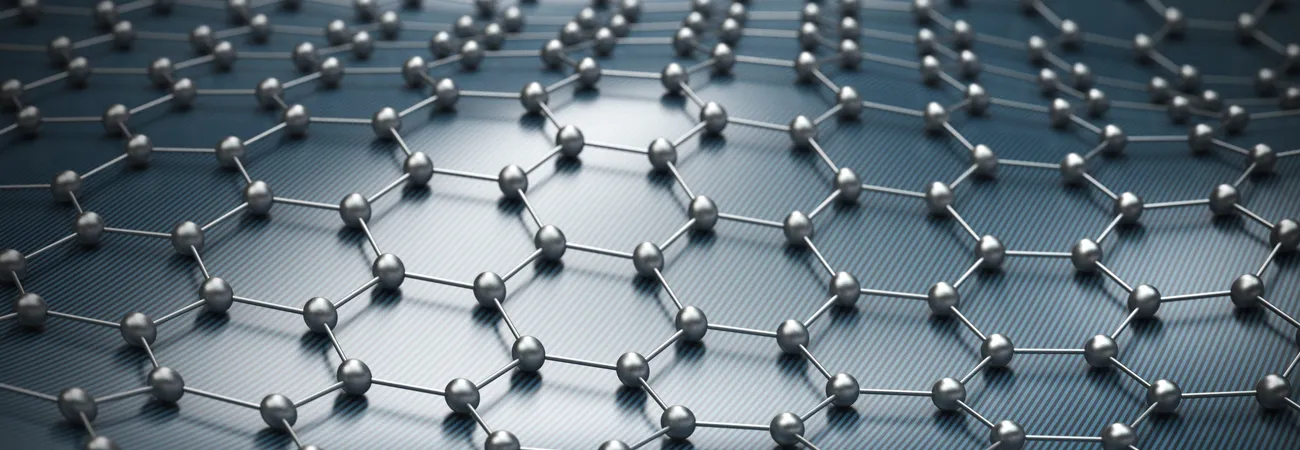i ECONOMY
Pakistan has vast deposits of graphite in its provinces of Gilgit-Baltistan, Khyber Pakhtunkhwa and Balochistan, which could be explored for producing graphene and its derivatives. These materials have many applications in various sectors and could meet the domestic demand, according to WealthPK. Muhammad Yaqub Shah, Principal Geologist at Global Mining Company based in Islamabad, told WealthPK that Pakistan could become a sophisticated technology manufacturer by setting up its own industry. Graphene is important to fulfil the domestic industry and strategic needs. Like graphite and diamond, graphene is a two dimensional allotropic and crystalline form of carbon. It is the most auspicious nanomaterial ever discovered with distinguished qualities. It is the earth’s thinnest, strongest, and both thermal and electric conductive material. It is soft and slithery to touch and is capable of storing energy, intrinsically non-magnetic in nature.
Twisted multi-layered graphene, called a family of super-conductors, has also been calculated as 200 times more resistant than steel and five times lighter than aluminium. Graphene can also be grown through chemical vapor deposition (CVD) on Ruthenium surface. It can also be extracted from a multitude of wastes and the environment. Geographically, graphite is the most common raw material used in the synthesis of graphene and its derivatives. Technically, graphene is composed of multiple graphene layers. Blackish silver and metallic or dull in sheen, graphite occurs as crystalline layers or flakes in metamorphic rocks – schists, genesis, and marble. Sometimes, its veins are formed in igneous rocks – basalt. It is also formed in organic-rich shale and coal beds, resulting from the metamorphosis of dead animal and plant matter. The Kohistan Ladakh terrain in GB and KP provinces and the areas located along the axial belt – including Balochistan province – are rich in graphite-bearing rock formations, added Yaqub, who is also ex-GM of Pakistan Mineral Development Corporation (PMDC). Graphene is used to manufacture a variety of industrial products.
Some of its application areas are – energy, defense, electronics, medicine, transport, and desalination. Bags made of graphene can easily bear two-ton weight. It is 100 times stronger than the ordinary steel. It is used to make flexible antennas for a better 5G experience, as a coating for touch screens, in the manufacturing of oxygen detectors at ambient pressure and even at room temperature. Graphene-based circuitry makes computing superfast other than regular silicon chips. It is also the best carbon-based fire retardant. Owing to its high tensile strength, graphene is also a good alternative to Kevlar, used as bullet-proof armour. Graphene has many medical applications, such as delivering drugs, detecting diseases, engineering tissues, testing health, implanting smart devices, and treating genetic disorders. In 2022, the global graphene market was valued at US$864.92 million and is projected to grow to US$3548.96 million at a Compound Annual Growth Rate (CAGR) of 19.30% by the year 2030. Graphene synthesis is feasible for Pakistani experts with some training and advanced equipment. In this concern, technical coordination can be obtained from friendly countries like China. This would boost Pakistan’s exports and strengthen its local industry.
Credit: Independent News Pakistan (INP)









